OLYMPIC NATIONAL PARK (Day 19 - part 2)
I returned back to the coast, a bit further down... to Ruby Beach, to be precise.


Cedar Creek flowed into the sea... and driftwood littered the shores.
The beach logs began in the river valleys as giant conifers (the likes of which I had just seen!). Flood waters weakened and toppled them, then washed them down the river to its mouth at the beach. Other logs are the result of eroding and collapsing headlands. Still others are escapees from tug-pulled log rafts.
I wandered south, taking time to enjoy the tide pools. The slope of the beach was extremely low here, so water stretched all the way up from the breaking waves to the treeline, but it was only an inch or so deep.
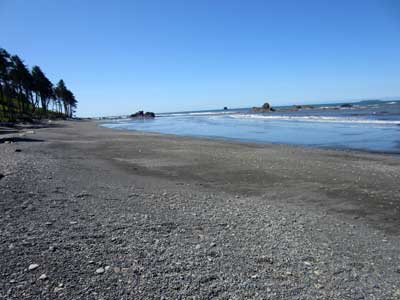


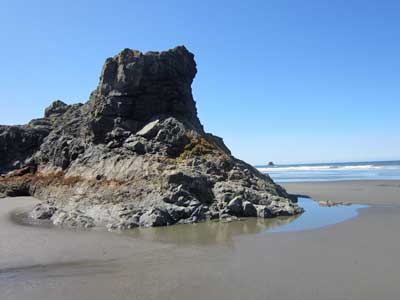

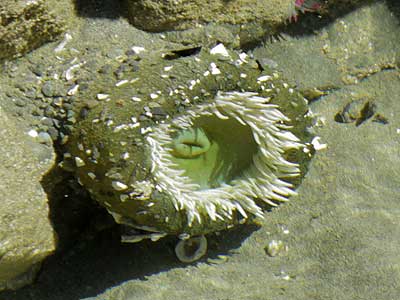
Different kinds of anenomes
Twice a day, the tide pools are drowned in seawater, then exposed to the drying sun. The creatures who live here have adapted in different way such as by being able to close up or cluster together to reduce evaporation, and are often low and round to withstand the pounding surf.
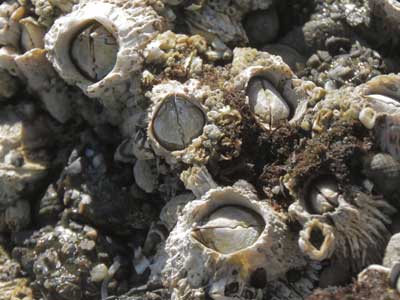
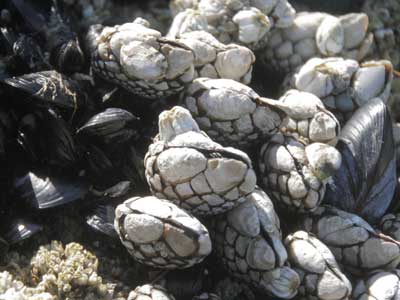


Shallow caves were carved into the low cliffs...
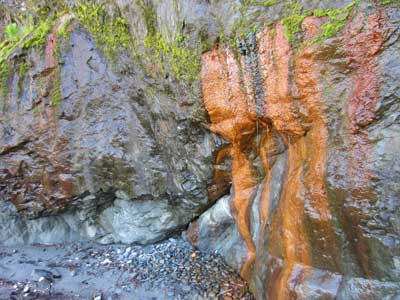

... which flowed with dripping water that dragged various colors with it... and into the nearby tidepools.


Eventually the sand beach became replace by rocks and logs, so I turned back.



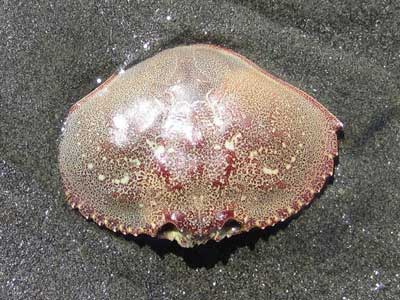

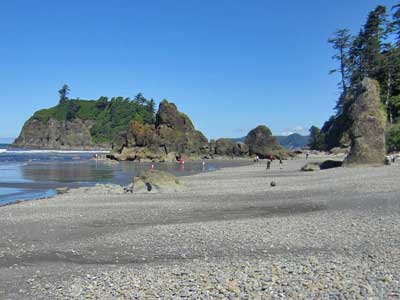
Abbey Island
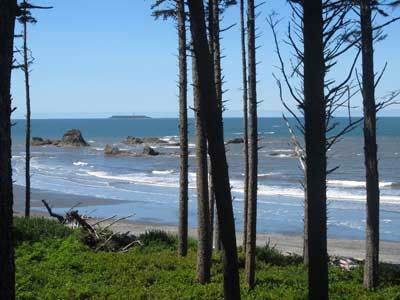
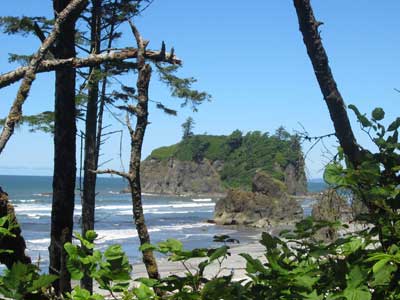
A view from behind the trees
Continuing south, just past the Kalaloch Ranger Station, was the trail down to Beach 1 (which is different than First Beach). It's also known as the Spruce Burls Trail.

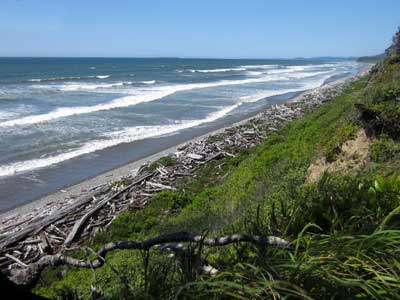
Burls... and overlooking Beach 1
Damage to a tip or bud of the Sitka spruce causes growth cells to divide more rapidly than normal. The result is these swells called burls. Why are there so many here? Perhaps it is due to an inorganic compound swept up from the salt spray of the nearby ocean.





I then had about a hour drive down to Portland where I checked into the Hawthorne hostel.

Entering Oregon
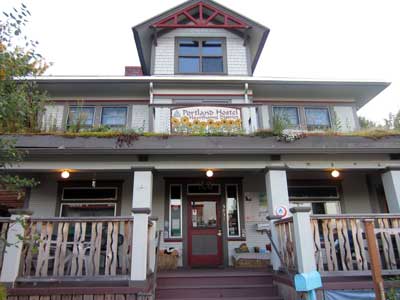
The hostel was located in a charming 1909 Craftsman house.
return • continue

